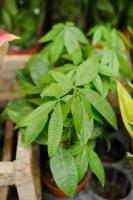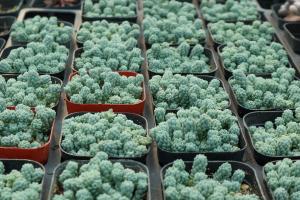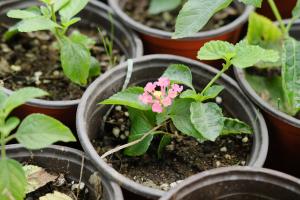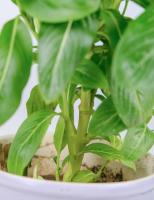Where to Plant Fig Trees in North Carolina
North Carolina is an excellent location for plant lovers to grow fig trees, but finding the perfect spot for this fruit tree can be challenging. Here's a guide on where to plant fig trees in North Carolina.
The Climate in North Carolina
The first thing to consider before planting a fig tree in North Carolina is the state's climate. North Carolina experiences a humid subtropical climate with long, hot summers and relatively mild winters, typically with snowfall limited to the mountains in the west.
Fig trees thrive in temperatures between 65 and 85 degrees Fahrenheit and mild winters with a minimum temperature of 10 degrees Fahrenheit. They also require abundant rain or consistent watering. In North Carolina, temperatures and rainfall vary across different regions, so it is crucial to choose a spot that provides optimal conditions for growing fig trees.
The Best Location for Planting Fig Trees in North Carolina
The best location for planting a fig tree in North Carolina is a warm spot that receives plenty of sunlight. Fig trees need a minimum of 6 hours of sunshine and grow in almost any soil type, provided it is well-drained. Avoid planting fig trees in areas that experience strong winds, such as high elevations, as strong winds can damage the trees.
It is essential to choose a spot that is protected from freezing winds or where the tree can be covered with cloth or burlap in extreme winter weather. This protection can prevent the tree from losing foliage or freezing, which will damage or kill the tree.
Choosing the Right Variety of Fig Tree
North Carolina has numerous fig tree varieties, including the Celeste, Brown Turkey, Brunswick, and Black Mission. Each variety of fig tree has different characteristics, such as size, taste, and pest and disease resistance. Consider the tree's fruit taste and size, the timing of its fruiting, and its pest and disease resistance when selecting the variety of fig tree to plant.
Planting and Caring for a Fig Tree
Planting and caring for a fig tree in North Carolina is easy if the correct growing conditions are in place. When planting a fig tree, select a spot that receives plenty of sunlight, has well-drained soil, and is protected from strong winds. Dig a hole that is slightly larger than the root ball and plant the tree with the crown (the base) of the trunk slightly above the soil line.
Water your fig tree generously during its establishment period, which can take up to two years, before the tree can survive on rainfall alone. Use mulch to help retain soil moisture and suppress weed growth. Fertilize your young fig tree minimally for the first year, and then increase to every other month during the second year. After three years, apply fertilizer every month from spring to fall.
Prune your fig tree to maintain its shape and stimulate new growth. Remove any dead or diseased wood, and cut back branches that are too long or too high. Pruning your fig tree will help with air circulation and sunlight penetration, which can increase fruit production, and make its foliage more accessible for inspecting for pests and disease.
In Conclusion
Choosing the perfect location for planting a fig tree in North Carolina is essential for its optimal growth and fruit production. Select a warm, sunny location that is protected from strong winds, choose a variety of fig tree that suits your preference, and properly plant and care for your tree to ensure it thrives.

 how many times do yo...
how many times do yo... how many planted tre...
how many planted tre... how many pine trees ...
how many pine trees ... how many pecan trees...
how many pecan trees... how many plants comp...
how many plants comp... how many plants can ...
how many plants can ... how many plants and ...
how many plants and ... how many pepper plan...
how many pepper plan...






























